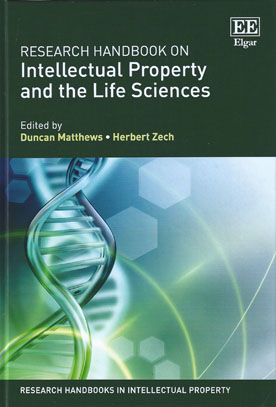
Intellectual property (IP) is a key component of the life sciences, which is becoming one of the most dynamic and innovative fields of technology today. At the same time, the relationship between IP and the life sciences is raising new public policy dilemmas.
The Research Handbook on Intellectual Property and the Life Sciences comprises contributions by leading experts from academia and industry that confront current debates and controversies at the intersection of IP and the life sciences through in-depth analyses of key topics including pharmaceuticals, diagnostics and genes, plant innovations, stem cells, the role of competition law and access to medicines.
The first section of this book highlights the importance of IP for medicines and pharmaceuticals, discussing topics including gene patents, and the second section deals with agricultural sector issues such plant innovations. Section three of the book covers areas of research and development in the life sciences, such as stem cell research, and raises questions about incorporating ethical considerations into patent law.
While the primary focus of the book is on Europe and the United States, the fourth section includes country-specific case studies on Australia, Brazil, China, India, Japan, Kenya, South Africa and Thailand to provide a truly international perspective.
This Handbook is written in an accessible style that will appeal to intellectual property law scholars, practitioners, and experts in the life sciences who are interested in the legal implications of IP for the life sciences.